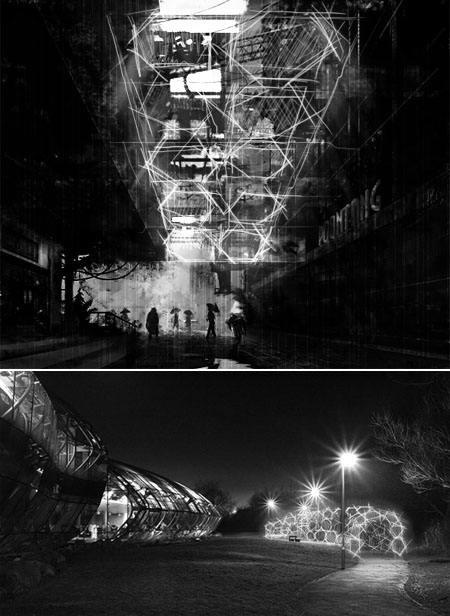Notes from Gareth Smith's Cooperative Virtual Environments: lessons from 2D multi user interfaces:
Early 2D multi user interface systems supported shared interfaces by presenting exactly the same image of the application to all users. This simple replication of the system’s image secured a founding abstraction for multi user interfaces: What You See is What I See (WYSIWIS). (...) Experiences with these systems in the CoLab environment highlighted problems with the WYSIWIS approach, Stefik concluded that “ WYSIWIS (What You See is What I See) is too in$exible, if strictly interpreted, and must be relaxed to better accommodate important interactions in meetings”. (...) The notion of relaxed WYSIWIS provides each individual user with the ability to configure their shared user interface to best suit their working needs.collaboration aware.
An example taken from an old application called JAMM. Each participant's cursor position in the text is represented with a uniquely colored and named telepointer. The participant in this screenshot is named "Solaris User" and uses green, while the remote participant is named "PC User" and uses red:

Why do I blog this? I was digging the internet for some references about location-relaxed WYSIWIS for my dissertation.










 (picture from a project called “N8Spel” a project by Just van den Broecke, not cited in this paper but I quite like it)
(picture from a project called “N8Spel” a project by Just van den Broecke, not cited in this paper but I quite like it)